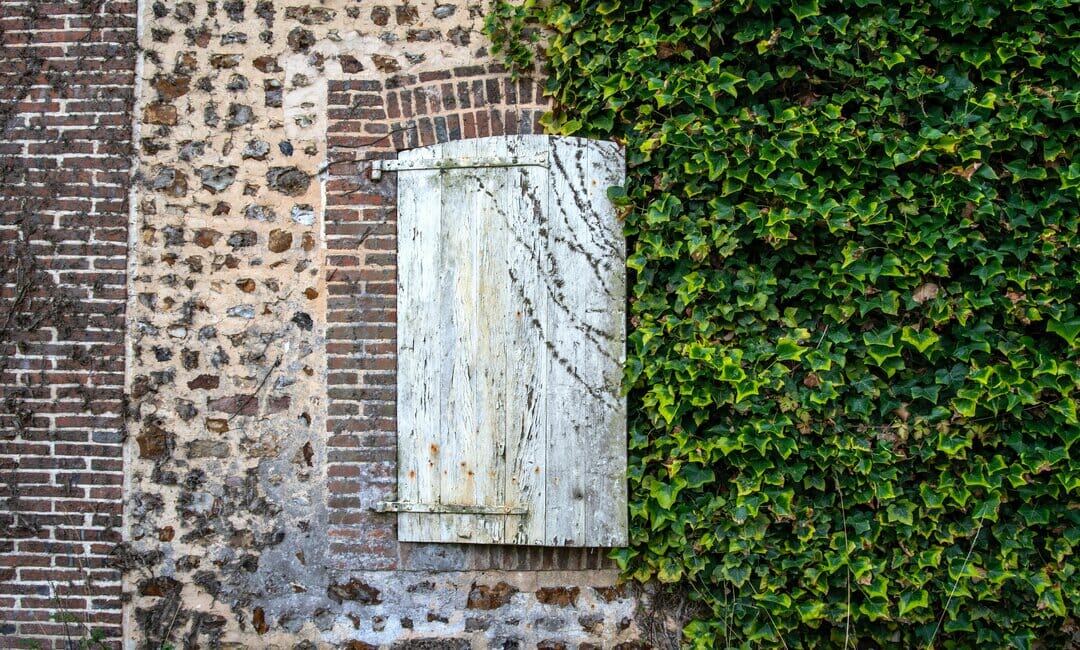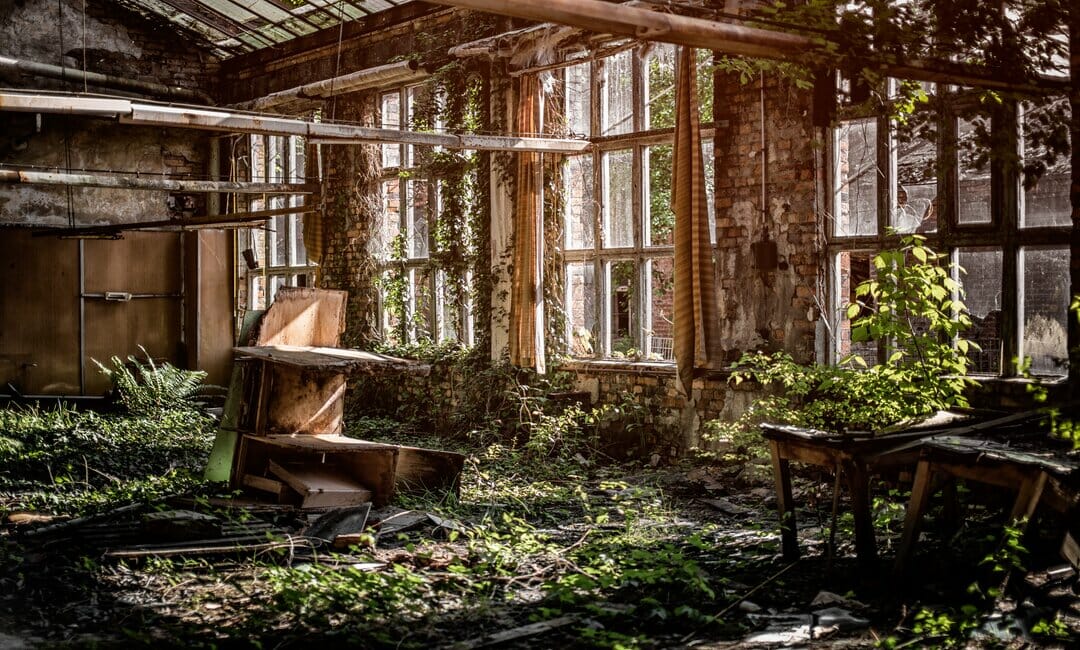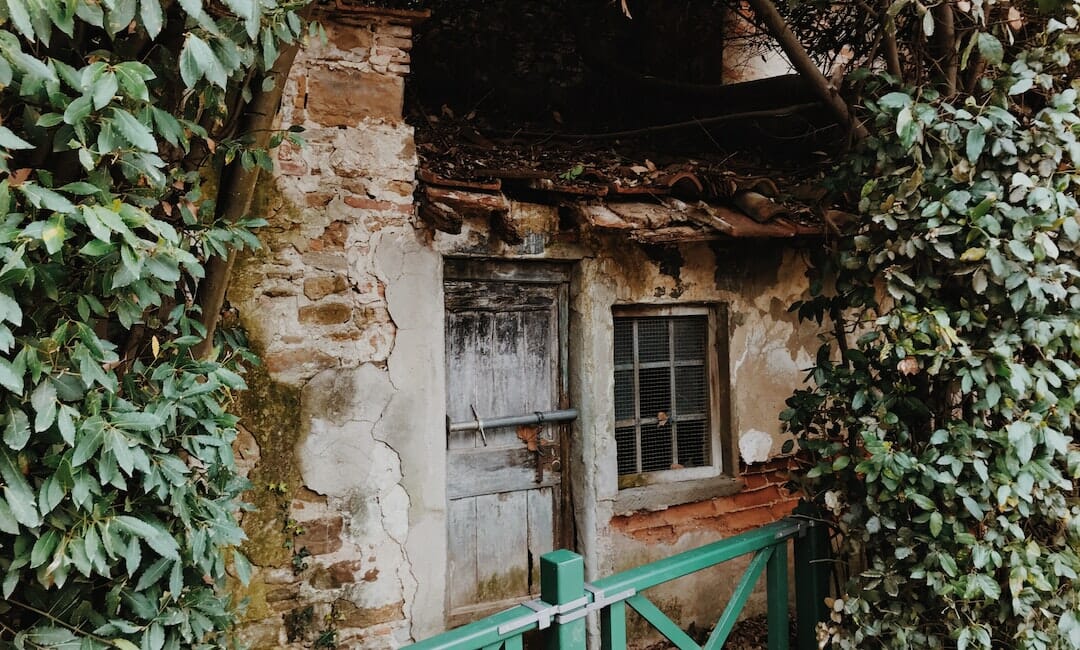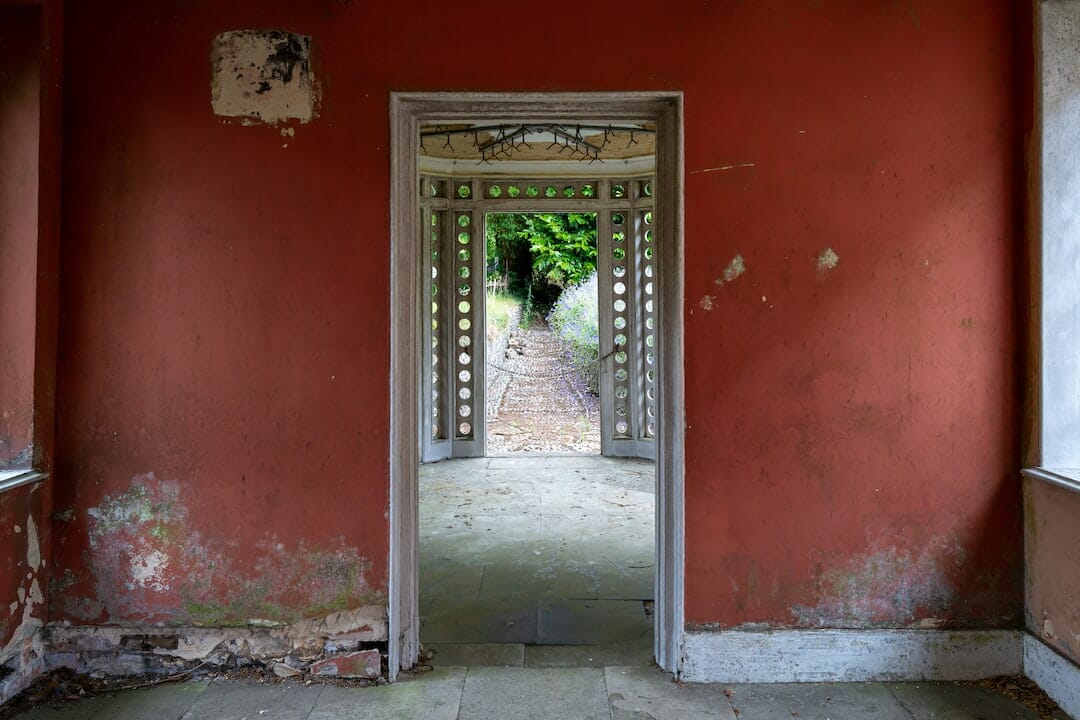Purchasing a property can be an excellent investment for anyone looking to create long-term wealth, whether you’re an individual or a business. However, what happens when the property you’re interested in purchasing is uninhabitable? It might be an absolute bargain and potentially a fantastic family home. However, many mainstream mortgage lenders won’t offer finance on uninhabitable properties due to the risks involved.
This can leave investors feeling that securing finance for such a property is impossible, but that is not true. In this article, we’ll explore the options available to you for obtaining finance for uninhabitable properties.
What is an uninhabitable property?
An uninhabitable property is one that is not currently fit for human habitation. This could be due to a variety of factors, including:
- Structural issues, such as a damaged roof or foundation.
- Severe water or fire damage.
- Infestation of pests, such as rodents or termites.
- Lack of essential amenities, such as running water or electricity.
- Health and safety concerns, such as asbestos or mould.
Essentially, an uninhabitable property is one that requires significant repairs and improvements before it can be occupied safely. A property must also have a working kitchen and bathroom to be considered habitable.

What Do Mortgage Lenders Consider Uninhabitable?
Here’s a quick list of the specific things that lenders will look at when deciding whether they think your house is habitable or not:
- The house doesn’t have a kitchen or bathroom.
- The property has suffered fire damage.
- Issues with the hot or cold water supply.
- Drainage and toilet issues.
- It’s not considered weatherproof (it doesn’t have adequate protection from wind and water).
- Poses a health risk to anyone habiting the property, such as asbestos, mould or damp.
- Requires a new roof due to damaged slate or tiles. Or has a non-standard roof (flat, felt, thatched or tin).
- The building doesn’t comply with building regulations, or where there are issues regarding solar panel ownership.
- House where Japanese knotweed is a concern.
- No central heating, an issue that usually depends on the outcome of the property survey.
A property that doesn’t meet these basic living standards is likely to be considered uninhabitable and unmortgageable by mortgage lenders. This can make it difficult for borrowers to obtain financing to purchase or renovate the property. In such cases, borrowers may need to consider alternative financing options.
It is difficult to get a mortgage on an uninhabitable property because traditional mortgage lenders, such as banks, typically require properties to meet certain livability standards before they lend money for their purchase.
Mortgage lenders require an appraisal and survey of the property to determine its value and assess its condition. If it determines that the property is uninhabitable, the lender may decline to offer a mortgage because they view the property as a high-risk investment.
Additionally, uninhabitable properties often require significant repairs and renovations, making it difficult for borrowers to secure financing through traditional mortgage lenders. These lenders are typically unwilling to lend money for a property that requires significant repairs, as there is a greater risk that the borrower may default on the loan.

How to get a mortgage on an uninhabitable property
Although it’s more complicated, borrowers can explore a few options to obtain financing for an uninhabitable property such as using an equity release scheme or borrowing from specialist lenders.
Equity release
If you already own a property with significant equity, they may be able to use an equity release scheme to obtain financing for the purchase of an uninhabitable property. Equity release schemes allow borrowers to access the equity in their existing property without having to sell it.
However, equity release schemes can be expensive and may only be suitable for some borrowers. Therefore, borrowers should consider the costs and risks of equity release before proceeding with pursuing this option.
Specialist lenders
Some specialist, non-high street lenders in the UK may be willing to lend money to purchase an uninhabitable property. These lenders typically have more flexible lending criteria than traditional mortgage lenders. For example, they may be willing to lend money based on the property’s potential value after renovations are completed.
To qualify for a loan from a specialist lender, borrowers will typically need to provide a detailed renovation plan, information on the property’s current and potential value, as well as proof of their ability to repay the loan. In addition, you may find the interest rates of a specialist mortgage higher due to the additional risks involved.

Can I Use Bridging Finance to Buy an Uninhabitable Property?
Yes, bridging finance loans, such as those available from Novellus, can be used to finance an uninhabitable property as long as the borrower has a clear exit for renovating the property, bringing it up to habitable standards, and refinancing the property at the end of the loan period. Bridging finance is a short-term solution that is often used to fund the purchase and renovation of a property that is not currently habitable.
Bridging finance lenders may be more willing to lend money to purchase an uninhabitable property than traditional mortgage lenders, as they are primarily interested in the property’s potential value after renovations are completed. However, borrowers will typically need to provide a detailed renovation plan and valuation of the property’s current and potential value as part of their exit strategy to qualify for bridging finance. Since bridging finance can usually be arranged quicker than traditional mortgages, they are a great option when you need to act quickly to secure a property at a competitive price point or to complete an auction sale.
Overall, bridging finance can be a good option for borrowers who need financing quickly and plan to renovate the property quickly. However, borrowers should work closely with their lenders or their financial advisor to find the right solution for them.
Conclusion
If you have found the perfect property but need to do quite a bit of work to make it habitable, you may struggle to get approved for a traditional mortgage. Even when the property is a bargain and has enormous potential, most lenders won’t lend against it until it meets the basic livability standards that make a property habitable.
However, an option for buyers and investors is to take out bridging finance which can bridge the gap between purchasing the property and renovating it to a standard where you can refinance it with a mainstream lender. Novellus offer bridging loans which provide an affordable and accessible alternative when you need it most. Contact us to find out more.


